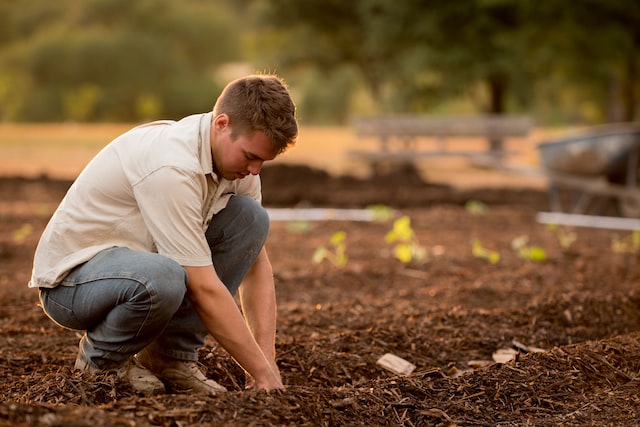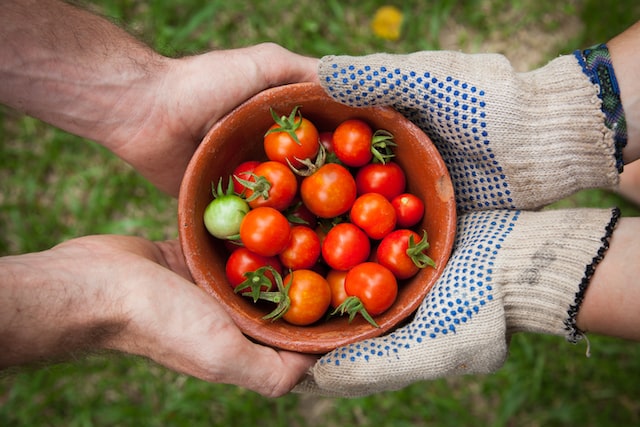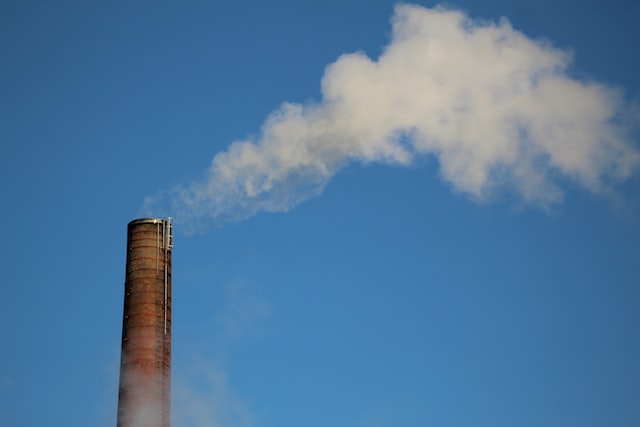Annually, nearly 1.6 billion tons of food go to waste, equal to $1.2 trillion in losses. The problem doesn’t so much lie with any one actor but with a lack of visibility for everyone involved in the agroindustry’s supply chain. Connected farming may be the answer to these and other challenges, including the threat of climate change, global food security, environmental stability, and the great accountability consumers are demanding from their food supply chains. It’s no wonder that the global agricultural IoT market is expected to more than double in size by 2030.
This article will examine how connected farming may revolutionise agriculture from every angle.
What is connected Farming? How did we get to where we are today?


Connected farming uses advanced technologies, such as sensors, drones, and data analytics, to optimise and automate agricultural processes.
It involves collecting and analysing data on various aspects of farming, such as weather, soil moisture, crop growth, and equipment performance, to make informed decisions and improve efficiency. Connected farming can enable farmers to reduce waste, increase yields, and improve sustainability while also helping to address global food security challenges.
This is particularly important in the context of climate change to help farmers achieve greater efficiency and sustainability under evolving conditions. It can also help address global food security challenges by increasing agricultural productivity and improving the resilience of farming systems to environmental stressors.
The history of connected farming technologies can be traced back to the early 20th century with the development of heavy-duty farm machinery such as tractors, combines, and harvesters. Connectivity came much later when GPS-based systems entered the market in the 1980s.
The advent of the internet and wireless communication in the 1990s paved the way for the use of remote sensors, weather monitoring systems, and other connected technologies in farming. Combined with the proliferation of IoT (Internet of Things) in the 2000s, it led to a major expansion of the types of technologies available to farming, which today includes drones, machine learning, and artificial intelligence.
How connected farming allows farmers to get more out of their agricultural machinery


Connected farming technologies can help agriculturalists improve their operations, reduce costs, and enhance their sustainability to be more competitive. Here is how farmers can take advantage of connected agricultural machinery:
- Increased efficiency: Connected farming technologies can automate many aspects of farming operations, reducing the need for manual labour and improving efficiency. Connected devices with some level of automation can also work longer hours without increasing the risk of workplace accidents or human error.
- Reduced waste and improved yield: By optimising resource use and improving yield, connected farming technologies can reduce waste and lower costs. For example, a study by John Deere found that using GPS-guided tractors and planters resulted in a 10-20% reduction in inputs such as seed, fertiliser, and fuel. Precision farming allows farmers to target inputs more accurately, such as pesticides and fertilisers, for example.
- Better management of crops and livestock: Connected farming equipment allows farmers to monitor their crops and livestock for extended hours (or 24/7) and collect real-time data. This will enable them to identify trends and patterns that can impact the quality or sustainability of their products before they start facing the consequences.
- Reduce costs through predictive maintenance: Smart-connected farming also collects operational health and performance data. This allows farmers to quickly identify and fix issues with their equipment before catastrophic failure. Not only does this reduce maintenance costs, but it also helps avoid unexpected delays due to unusable equipment.
Empowering consumers to make informed, health-conscious food choices


The benefits of connected farming don’t only extend to agricultural producers. It also has the potential to improve the end product that reaches consumers while giving them a greater level of confidence and trust in their buying decisions:
- Improved quality and safety of products: Real-time monitoring equipment that is more widely deployed and runs 24/7 gives farmers greater visibility into their crops and livestock. This gives them a better chance of identifying potential diseases or pests to prevent the contamination of their produce. It also helps farmers better uphold compliance with food safety regulations and standards.
- Traceability of products from farm to table: These technologies can keep a complete record of a product’s growth and production as well as preserve the complete journey through the supply chain as it exchanges ownership. This allows everyone, from businesses to consumers, makes more confident about what they buy in terms of providence. For example, if they feel strongly about supporting local farmers or suppliers.
- Personalized food options based on dietary needs or preferences: Improved visibility and control allow farmers to tailor crops to specific nutritional requirements. For example, fertilizers, water, and pesticides can be precisely distributed to meet criteria so that the same farm can produce GMO and non-GMO or organic and non-organic versions of the same crop, for example.
Reducing the agroindustry’s environmental impact while making farms more sustainable


The importance of taking a holistic approach that nurtures the environment has become increasingly apparent in agriculture. Connected farming can give farmers the data that they need to only use the natural resources that they need without compromising their production:
- Reduction in water, fertiliser, and pesticide use: Excessive, non-precision use of these resources can devastate the environment. Technology can help farmers deploy these resources more precisely, and increased data can help them monitor the environmental effects and measure exactly how much they need.
- Reduced carbon emissions and energy consumption: GPS-based or even automated machinery can help eliminate any unnecessary use of fuel-powered heavy machinery, reducing consumption and emissions. It will also help farmers optimise energy use throughout their operation by monitoring when, how much, where, and what consumes energy so they can reduce any waste. This will also help farmers move to greener forms of energy, such as solar or wind.
- Improved soil health and biodiversity: Connected technologies can help farmers more effectively implement generative and sustainable soil policies. Monitoring and data analytics can help them identify where interventions may be needed, such as cover crops, wildlife corridors, etc.
- Prevention of food waste through better crop management: Not only can connected technologies help farmers better manage crops to minimise waste, but they also use predictive analytics to ensure they don’t overproduce.
Connected farming – Is it the holy trifecta for the agroindustry?
Like any other industry, the agroindustry must evolve to build resilience to an ever-changing landscape with a growing number of challenges. With the looming threat of climate change, connected farming may be the promising rainshower after a period of drought farmers have been looking for. It will empower farmers to do more with less and make their operations more resilient and sustainable without taking a toll on the environment.
- SEO Powered Content & PR Distribution. Get Amplified Today.
- Platoblockchain. Web3 Metaverse Intelligence. Knowledge Amplified. Access Here.
- Source: https://www.iot-now.com/2023/03/09/128547-connected-farming-how-can-it-be-beneficial-for-agriculture-manufacturers-customers-and-the-environment/



